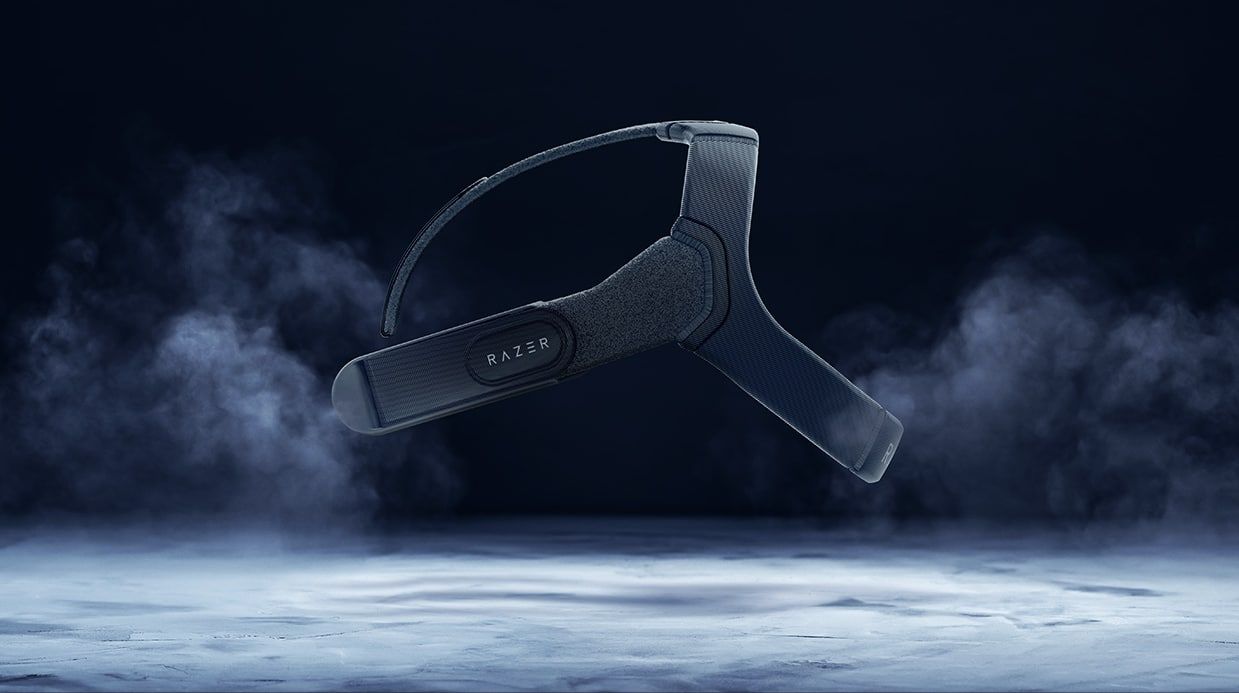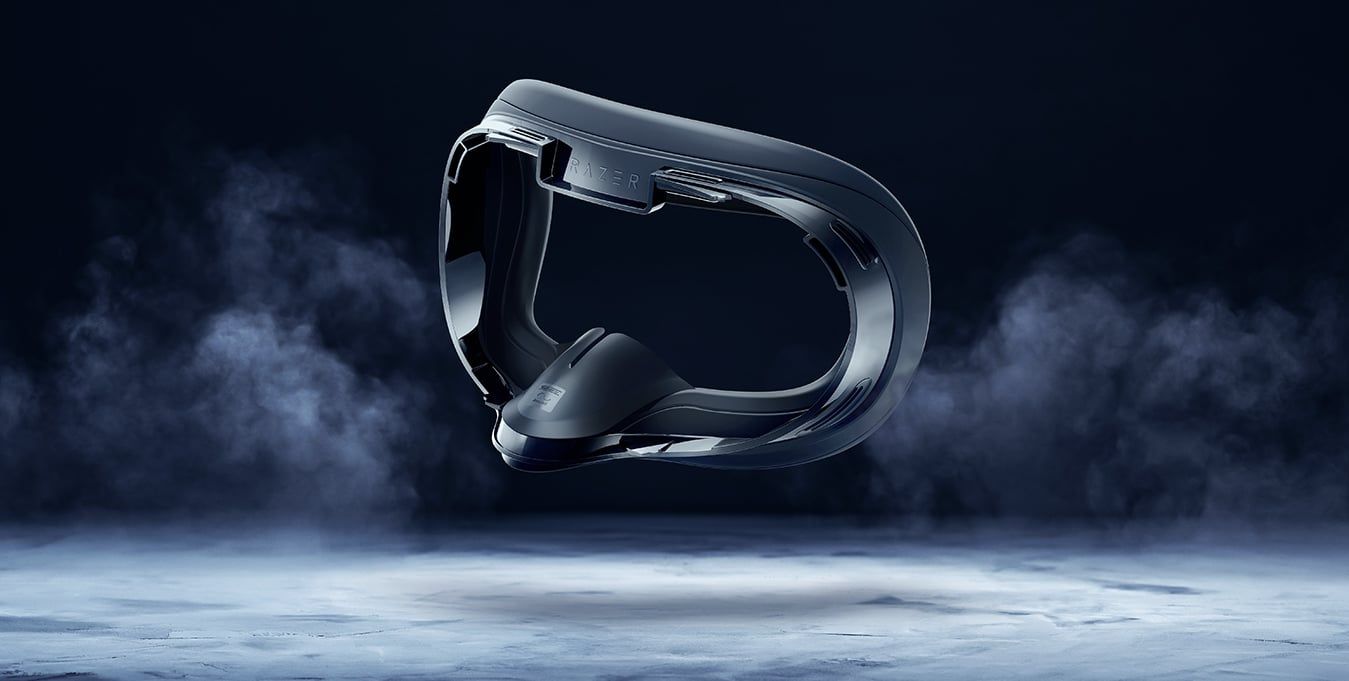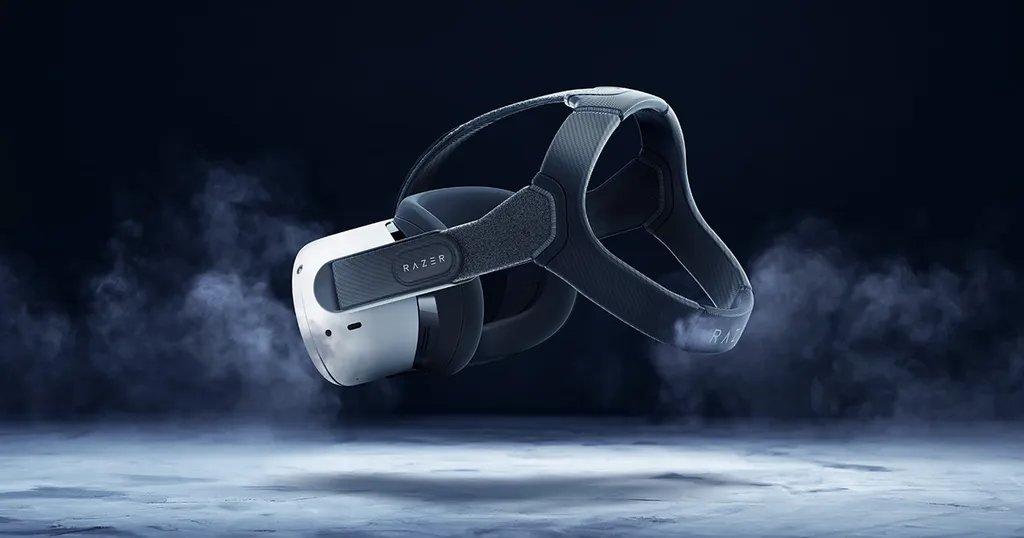Tech company Razer breaks into the VR accessories market this week with its adjustable head strap and facial interface accessories for Meta Quest 2. Find out what they’re like in our hands-on Razer Quest 2 accessories review.
Razer is recognized as one of the largest providers of gamer-focused products and services in the world, with an extensive product range spanning from gaming mice and keyboards to high-performance laptops. The company’s plan to launch a product line of VR accessories was announced earlier this year at Razer’s 2023 CES presentation.
Razer designed these accessories in collaboration with medical equipment company ResMed. Made especially for Quest 2, Razer says its head strap and facial interface are made to boost comfort and enable longer play sessions. Here’s how they stack up.
Razer Adjustable Head Strap For Quest 2 Review

My immediate impressions of the head strap were good – the nylon material feels high quality and the stitching looks made to last. I had it fitted to my Quest 2 in next to no time and began testing.
One of my favorite aspects of the head strap was how easy it was to slip on and adjust. It goes over your head in the same way as a baseball cap, with the strap cupping the back of the head first before the headset is lowered over the face. There are three velcro tabs (two at the sides and one at the top) that are used to get the fit just right.
With the strap resting snugly over my crown, the headset felt comfortable and secure – for the most part. There wasn’t too much shifting when moving my head vigorously from side-to-side, but the headset was less stable with up and down motion. It offers good support overall, but rigid plastic head straps, such as those in the official Elite Strap, give better stability.
However, unlike its plastic counterparts, Razer’s adjustable head strap system adds very little bulk to the headset, making it a much lighter and more portable alternative. It is also very comfortable despite the slimline design and apparent lack of thick padding.
Razer Facial Interface For Quest 2 Review

Razer’s facial interface is made with thin, textured and contoured membranes, designed to deliver comfort while reducing facial pressure. I found the silicone materials to be incredibly soft and the interface molded nicely to the contours of my face. Much like the head strap, there’s a lack of thick foam padding, yet it still manages to feel comfortable – a testament to the engineering behind the design.
The lack of dense padding also allowed my eyes to get noticeably closer to the lenses compared to the stock Quest 2 interface, which seemed to give a small boost to my field of view. The interface is also made with medical-grade hypoallergenic materials to reduce skin irritation. While that’s never been an issue for me, it will be a positive for some, especially the small percentage of users who might suffer from irritation with the stock Quest 2 interface.
Much like other silicone interfaces, Razer’s interface does get tacky during hot and sweaty play sessions, which can cause it to stick to the skin. Dust and fibers also get stuck fairly easily but fortunately, its smooth and crevice-free surface is easy to clean and maintain.
There are vents positioned around the interface to increase airflow, reduce lens fogging, and prevent sweating. A nose piece is also included to block out external light. The beneficial effects of the ventilation were hard to judge and I can’t say I noticed much of a difference. However, the interface did do an excellent job of blocking out external light – one of the best I’ve tried, in that regard.
The only exception was when trying to fit the interface to the glasses spacer that comes with the Quest 2. I don’t wear glasses, but the Razer facial interface didn’t fit perfectly when I attempted to use it with the stock Quest 2 spacer and it left gaps for light to peek in.
Razer’s adjustable head strap system and facial interface are now on sale, currently only available in the US for $69.99 each. Razer says there are plans to sell these accessories in other select regions, with future announcements set to provide more details.




























